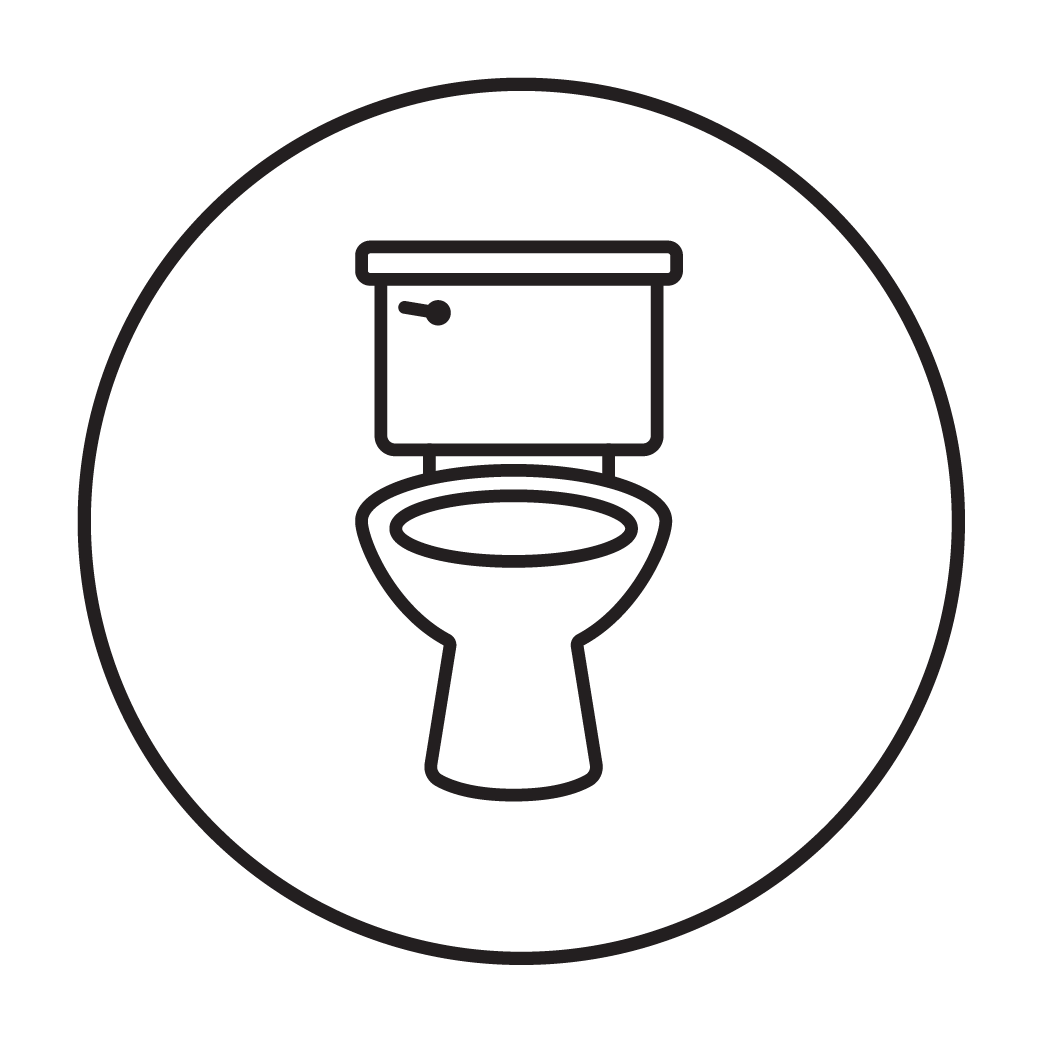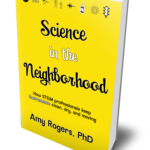Coronavirus and wastewater treatment

Coronavirus and Wastewater Treatment
Back when I was writing a monthly science column for Inside Sacramento, I did a series of articles on wastewater treatment to answer the question, what happens after you flush? (You can read them in my book Science in the Neighborhood.) I’m fascinated by the extraordinary biochemical powers of bacteria so the topic of sewage gets me all excited ![]() . When I noticed not one but TWO connections between the coronavirus pandemic and wastewater treatment, well, I just had to write about them.
. When I noticed not one but TWO connections between the coronavirus pandemic and wastewater treatment, well, I just had to write about them.
Toilet paper shortage
The first topic is quite practical. The COVID-19 outbreak has caused a national shortage of toilet paper. While stocking up was certainly part of the reason, the bigger reason has to do with supply chains. Shelter-in-place rules sent, I would guess, something like 200 million Americans from their schools and workplaces into their homes. Where they now poop and pee, using fancy, small-packaged home toilet paper, as opposed to institutional-grade, giant wheel toilet paper like they would’ve used at work/school. The disconnect between these two manufacturing and distribution systems means not enough TP on grocery store shelves but probably loads of the commercial kind in warehouses somewhere.
Back to the point: households are short on toilet paper. Are people tempted to use facial tissues or even paper towels instead? Fine, but don’t flush them. Our quite-stupendous sewage management system is designed for human waste and toilet paper only—nothing else. This includes various wipes that might be labeled “flushable.” Don’t be fooled. You should put these in the trash, and never flush them down your toilet.
The reason is pretty clear to anyone who has ever tried to wipe up a spill using toilet paper. The stuff falls apart when it gets wet. That’s what it’s supposed to do in the sewage system. “Flushable” wipes, napkins, paper towels, and rags do not break down. Here’s a video demonstration. Instead they catch debris and clog pipes. If they make it to a pump station, they wrap around the equipment, cause costly damage and must be physically cut off by sewer district staff.
If you’re using disinfecting wipes to clean your home or work environment, remember, do not flush them.
In anticipation of possible problems, maintenance has been increased to prevent clogs and overflows, says Nicole Coleman, Public Affairs Manager for the Sacramento Area Sewer District and Sacramento Regional County Sanitation District. So far, so good—no sewer overflows due to coronavirus.
Coronavirus in wastewater
Our collective toilet waste reveals many of our secrets. For example, analysis of wastewater shows community patterns of drug use. Mass spectrometry can detect the excretion products of cocaine, opiates, amphetamines, and more. Data can alert public officials to the arrival of new drugs in a region, or surges in use at particular times.
Wastewater also carries disease-causing microorganisms. Although SARS-CoV-2 is primarily considered a respiratory virus, it can infect the gut. People infected with the new coronavirus can pass it into the sewer system. Surveillance of wastewater can tell us whether SARS-CoV-2 is in a community. And by measuring the concentration of virus over time, we can possibly monitor the progression of the outbreak.
Figuring out how to do this could be extremely useful when we go back to work and to school. Coronavirus in the wastewater could be an early indicator of whether additional containment measures need to be taken.
Christoph Dobson, Director of Policy & Planning for the Sacramento Area Sewer District and Regional San says they are participating in two studies of coronavirus in wastewater. In a collaboration with the University of Arizona’s Water & Energy Sustainable Technology Center, they will take weekly samples of raw wastewater, mostly-treated wastewater (secondary effluent), and fully-treated water right before discharge. The university will test these samples for coronavirus. The virus is expected in the raw wastewater. Testing the other samples will show how effective the treatment processes are at removing the virus.
A second study with the San Francisco Estuary Institute and the Southern California Coastal Water Research Project will attempt to quantify coronavirus in our local wastewater over time. The sewer district will collect daily composite samples (tiny samples taken at regular intervals over 24 hours, and pooled together). They will freeze the samples and at a time when testing resources are not as constrained as they are now—hopefully this summer—they will measure the concentration of coronavirus in the water samples. The data can be fed into models to estimate how many coronavirus cases are out there, and how the prevalence changed over time.
Amy Rogers, MD, PhD, is a scientist, novelist, journalist, and educator. Learn more about Amy’s science thriller novels, or download a free ebook on the scientific backstory of SARS-CoV-2 and emerging infections, at AmyRogers.com.
 Do you like my science journalism? Read Science in the Neighborhood and learn, where does my tap water come from? How are mosquitoes managed? What happens after I flush? Where does my electricity come from?
Do you like my science journalism? Read Science in the Neighborhood and learn, where does my tap water come from? How are mosquitoes managed? What happens after I flush? Where does my electricity come from?
0 Comments
Share this:



0 Comments